As long as there have been horses and riders, there has been the debate over whether or not geldings or mares make better riding “partners”. Mares over Geldings, which one is best? Indeed, it has been the general rule that geldings are preferred over mares in most situations – they don’t come into heat, they don’t have those “stallion qualities”, and they tend to be more laid back in general. Look through any of the horse want ads and you’ll likely find numerous listings with the words, “looking for a gelding”. Just about every rancher that I have come across has had a barn full of geldings, and most trainers that I have worked with seem to prefer geldings as well. The tides, though, seem to be changing, as more and more riders find that mares can actually be better partners than geldings, both for show and for pleasure.
Are you prepared to leave your animals with a pet sitter? Help communicate all the vital care instructions with a Horse and Pet Care Communication Checklist.
Why Mares Get a Bad Rap
I grew up showing a mare. She was an amazing horse, but she was temperamental. When she was “on”, she was “on”, but when she was having an “off day”, it was definitely not fun. We went through the yearly “Regu-Mate” cycles, where I would have to don the rubber gloves and feed her “happiness” from a syringe during show season. There were times when I would go to the barn and she was just obviously “in a mood”. Still, if there was such a thing as a pinch hitter in the show world, my mare was it – she always seemed to pull it out in the end.
When I decided to purchase my next show horse, I told myself, “no mares”! I was actually looking for a calm, easy going and laid back gelding that wouldn’t require Regu-mate, that didn’t have monthly cycles that turned him into an uncomfortable witch, and a horse that I didn’t have to worry about stalling at a show and finding out that there was a stallion in the stall behind mine. I told everyone I know, “It’s a gelding for me this time around”. Still, when I laid my eyes on a little Dun Half Arabian Mare, that was it – it was over. She was mine, and there was nothing I could do about it. And just as quickly as I purchased her, those little “mare issues” began to crop up – the hormone checks, the seasons, the testy behavior, sensitivity, etc., but something else came along with that…a horse slowly became my partner and who really tried for me when it counted.
Mares May Be Sensitive, but They Also May Try Harder
Research has shown that while hormones can cause issues in all animals (people included), the changes that occur upon gelding a stallion for the most part result in a horse that is more laid back and amiable to training, traveling and general use. However, if we look at this closely, we find that these hormonal changes can also result in a horse with less sensitivity. The sensitivity of the mare can be both a blessing and a curse, but as one San Diego based trainer, Rebecca Rigdon-Blake, concurs, “The main reason that I am 150% percent behind mares is that they will give you 150% percent in return once they trust you.”
It seems that for many high-level exhibitors in disciplines like Dressage and Reining, the mare is slowly gaining traction. Rigdon-Blake found great success with her Grand Prix mare, “Solei”, when the Dressage world was fairly devoid of mares performing at high levels, and she has added a new mare to her string, “La Fariah”. Additionally, Jesse Beckley, a renowned Reining Horse trainer and exhibitor has been quoted as saying this when asked whether he preferred showing mares, stallions or geldings, “Many guys don’t get along great with mares, but I have won a lot of money on mares. I guess a good horse is a good horse.”
In speaking with many different riders, trainers and exhibitors, and using my own personal experience, a common theme seems to arise when talking about mares.
They are definitely more sensitive – to their surroundings, their riders, changes in environment, rider cues and aids, etc. – but that sensitivity, when harnessed correctly, can produce a partnership that is unmatched.
A good friend of mine who began her riding career on a gelding, and continued with three other geldings over the span of 8 years, just recently purchased her first mare. “I never gave the mare a chance,” Lindsay admits. “I thought they were all witchy and too much trouble; I wanted something easy and reliable. My trainer put me on his mare for a few lessons last year, and I was absolutely amazed at how much ‘try’ that she had. If I was heavy handed or rough with her, she responded in kind, but if I relaxed and was sensitive to her, she gave me some of the best runs of my life. My new mare ‘No Nonsense’, is exactly the same way. She is bold and confident and she’s not afraid to put me in check when I’m not doing the right thing, but once we ‘clicked’, I have pulled better scores on her than I have from any of my geldings. In that moment when it’s all or nothing, when you’re down to the wire and need that little bit of extra ‘umph’ to get you through, the mare will give it to you.”
Mare over Gelding – Which one is best?
I’ve ridden a lot of horses in my day, mares, geldings and stallions, and I can say with confidence that not all genders fall in line with their stereotypes. I’ve ridden geldings who were crankier than the worst mares, and I’ve ridden stallions who were sweet as pie and who I would put a child on in a heartbeat. Still, it is fairly well known that geldings possess a more laid back attitude in general. They seem to “forget” bad rides a little quicker, don’t hold grudges as easily (or for as long), and they tend to perform fairly evenly across the board – they are reliable.
When it comes to mares, you’re not always sure what you’re going to get on a given day, and you do have certain innate things to deal with, such as seasons, stalling near other mares or stallions, dealing with sensitivity issues, etc. Still, if you’re looking for a true partner who will both challenge you and work her tail off when it’s needed, a mare might be your best bet.
On my last run at a Regional competition several years ago, I was working my pattern and about halfway through my mare took a misstep. She recovered quickly, and it was almost as though she kicked things into high gear. We finished with one or our best scores and placed Reserve Champion out of a field of over 15 of the best horses from the west coast. As I exited the arena, I looked down immediately and noticed that one of her front shoes had broken entirely in half – half was tacked on and the other was missing. I took her immediately over to the show farrier and he said,
“If this was anything but a mare, your run would have been over half way through.”
I believe he was correct.
This story is brought to you by SLO Horse News. Come horse around with us in lovely San Luis Obispo County, CA. There are so many ways to horse around in stunning SLO County. To keep this info at your fingertips we have developed a FREE Hot Sheet that will direct you to stories which tell you where you can trail ride, stay with your horse, show and taste. We’ll continue to add horsing around stories to our website. You can stay up-to-date by becoming a SLO Horse News herd member. Get your Horsing Around in SLO County Hot Sheet here >.

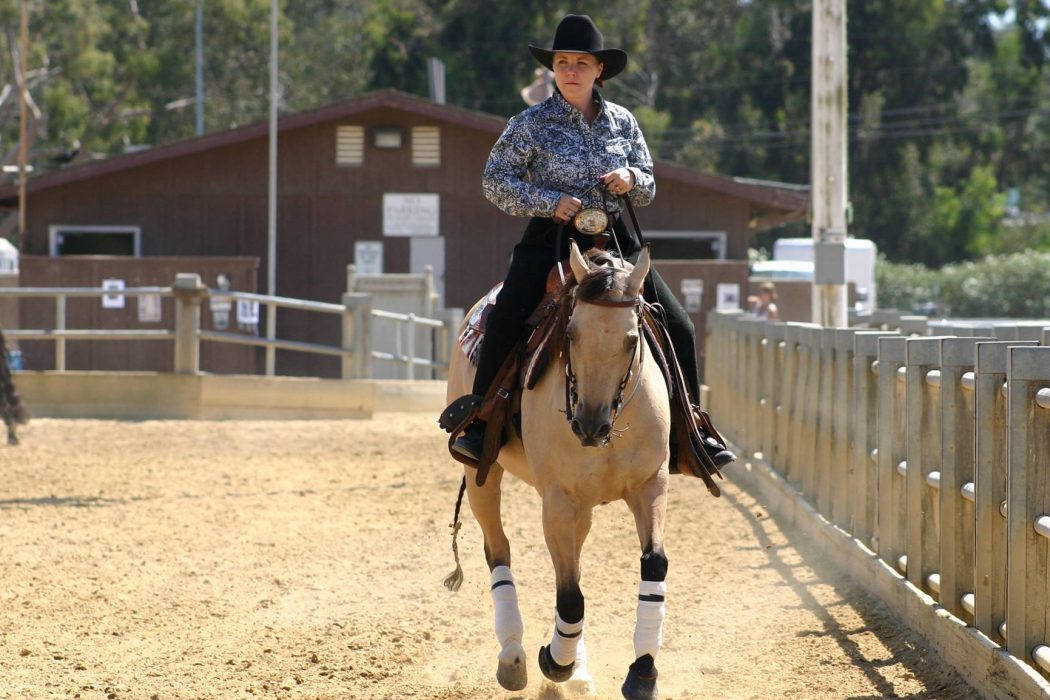
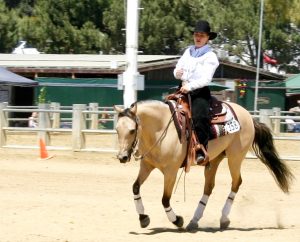
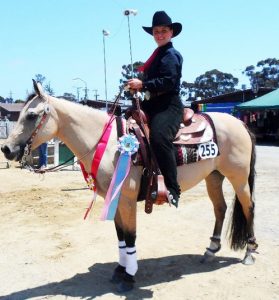
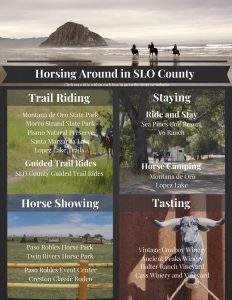
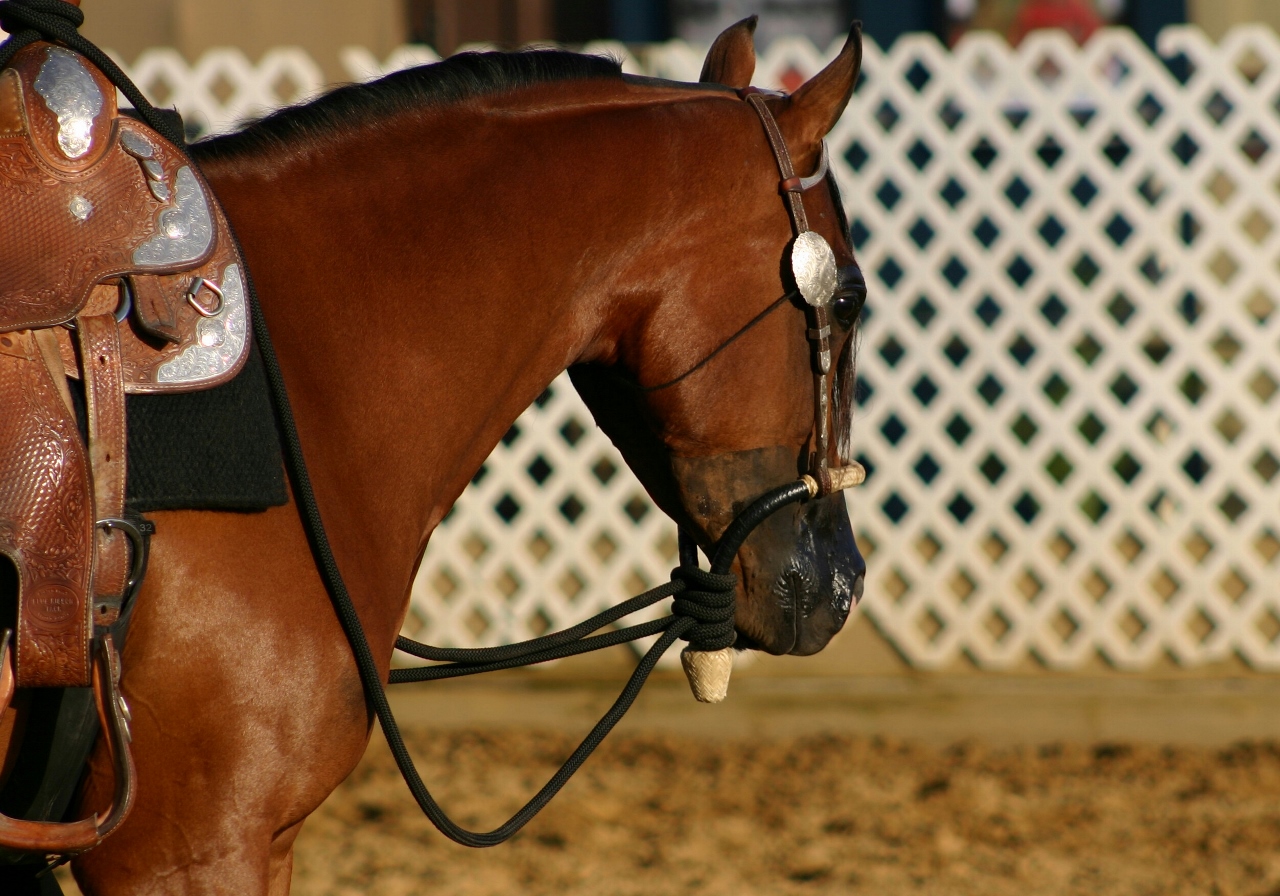
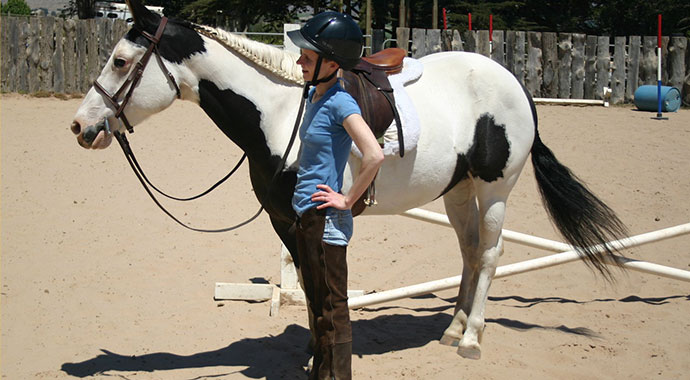

With you all the way on mares. Once you get them, they will definitely give you 150%. There was a reason the Bedouin warriors only rode mares into battle, and a reason for the desert legend of the Al Khamsa.